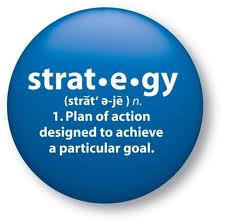Why do so many organizations claim to embrace employee engagement, yet stop short of actually doing anything about it?
In organizations where employee engagement garners more lip service than action, employees find themselves doing a workplace limbo dance. They get under management’s limbo stick by doing the minimum to appear engaged without breaking their backs. At the same time, they may be craning their necks to see what other jobs are available in the market. It’s a difficult balancing act.
Employee engagement author and consultant Leigh Branham explains:
“The main reason most CEOs don’t aggressively tackle the employee disengagement issue … is that it appears ‘soft’ and overwhelmingly difficult (soft = hard) to do so. After all, in many cases it would mean a complete overhauling of the culture. Most CEOs, especially in public companies, would much rather, in their board room discussions, deal with the nearer-term topic of how to increase quarterly profits. The irony is, of course, that the surest way to increase profits is to build a culture where engaged employees consistently exceed customer expectations.”
As the limbo song asks, “How low can you go?” For employees, the answer depends on their tolerance levels. Employees can bend backwards for only so long before decide to withdraw and quit the game … and the organization.






